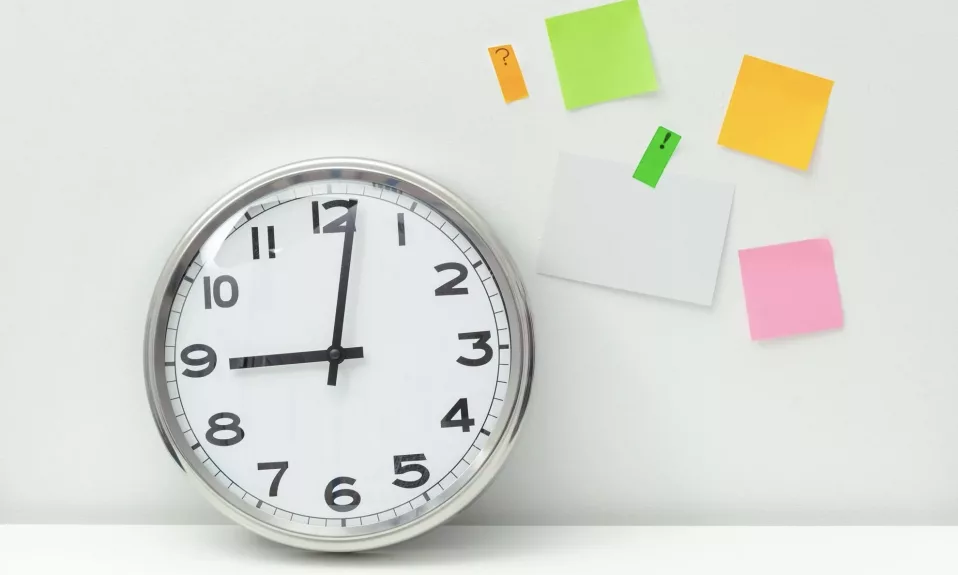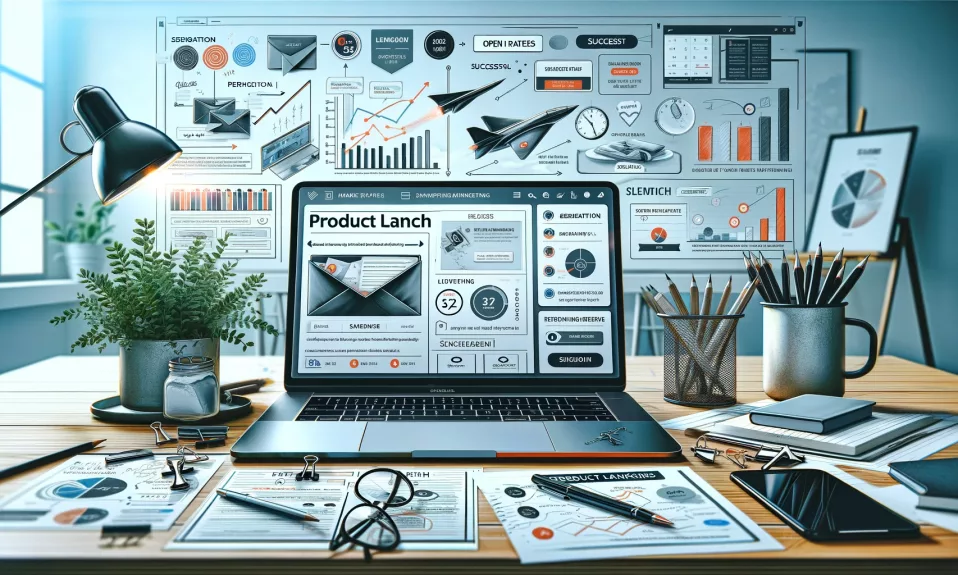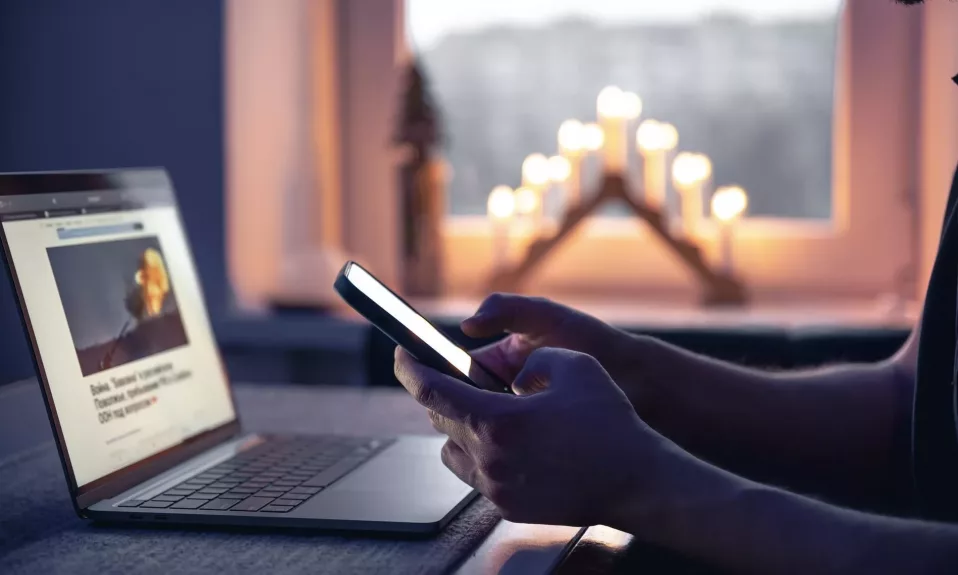In this article, we will explore the optimal times for sending emails and provide some valuable tips to help you make the most out of your email marketing efforts. These include:
- Your target audience
- Best days and times to send emails
- Avoiding early morning and late-night emails
- Optimizing your email schedule
- Tips on testing different schedules and tracking results
Your Target Audience: Understanding Their Needs and Habits
The key to identifying the ideal time to send emails is knowing your target audience. Consider factors such as their preferred communication hours, demographics, location (time zones), and behavioral patterns in order to optimize the timing of your email campaigns. Catering to the specific needs and habits of your chosen audience improves engagement rates and campaign success.
Finding the Best Days to Send Emails
Although the optimal time to send emails may vary based on your unique target audience and other external factors, there are some general guidelines worth considering. Research has shown that the best days to send emails are Tuesdays, Wednesdays, and Thursdays, while weekends experience significantly lower engagement rates due to personal downtime and leisure activities. While exceptions do exist within specific industries or niche audiences, focusing on mid-week days should generally be considered a good starting point in scheduling your email campaigns.
Identifying Peak Email Sending Times
As with choosing the best day, finding the right time is also critical in achieving high conversion rates in email marketing ventures. The optimal window for sending emails typically falls between 10 AM and 2 PM. During this period, recipients are more likely to be checking their inboxes and engaging with relevant content. You should avoid sending emails too early in the morning or too late at night, as these periods have been associated with higher volumes of received mail and lower overall engagement levels.
Optimizing Your Email Schedule: Strategies for Success
Here are some tips on how to optimize your email delivery schedule:
- Test different times: To determine the best time to send emails to your audience, test various times within the optimal window (10 AM – 2 PM) and track your results. Try adjusting your delivery schedule by hours or even minutes to see if it impacts performance.
- Segment your audience: Different subsets of your target audience may have different needs regarding email marketing. Consider segmenting your audience by demographics, location, or other factors to create targeted lists that cater to their specific preferences.
- Utilize automation tools: Automate your campaign scheduling to batch-send emails during optimal timeframes, allowing you to consistently reach out to your audience when they are most engaged.
- Track metrics: Analyze open rates, click-through rates, conversions, and other key performance indicators to identify trends and make necessary adjustments to your scheduling strategy.
Experiment, Analyze, Adapt: The Road Map to Email Marketing Success
By considering factors such as your target audience, time zones, and the type of content you’re sending, you can build a robust and effective email marketing strategy. Take time to experiment with various schedules and timings, apply segmentation principles, utilize automation tools, and track vital performance metrics closely. This will enable you to optimize your campaigns and improve engagement rates. Ultimately, a keen sense of timing and adaptation based on relevant data is the key to unlocking the full potential of email marketing as a driving force for your business.









